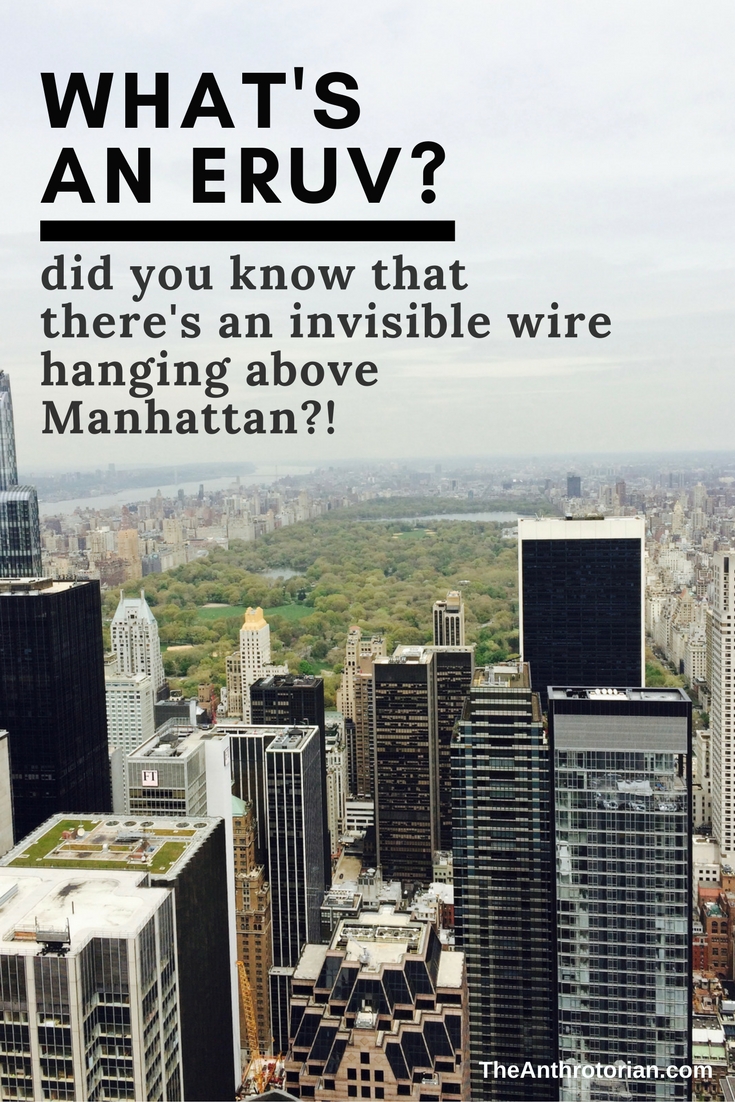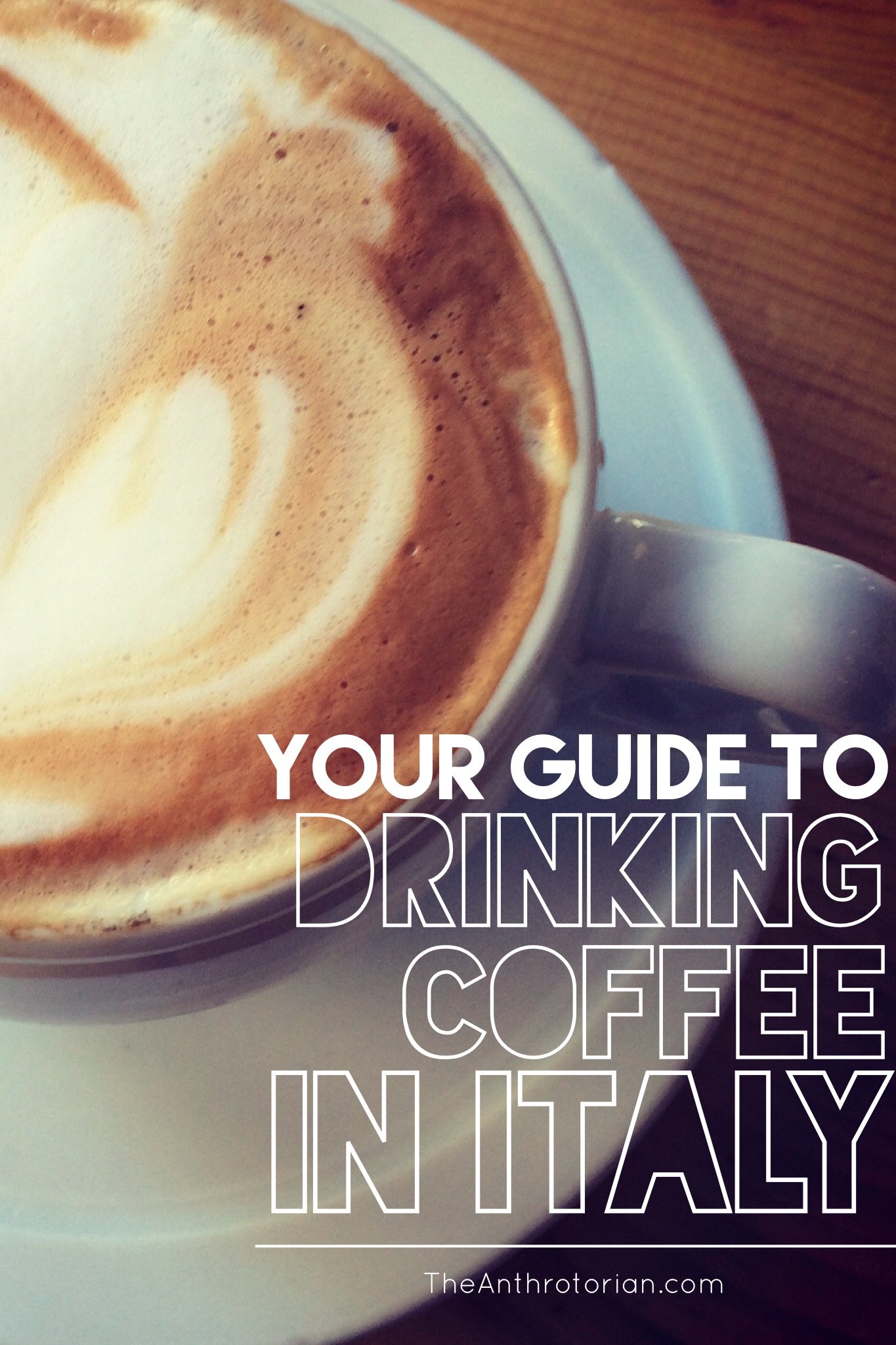What’s scarier than a stampede of wild horses running towards you?
If you guessed trying to cross the street in Southeast (SE) Asia, you would be correct!
Welcome to the land where crosswalks don’t exist, street-lights and stop signs (if there are any) are just a suggestion, and painted lines deleanating lanes are simply interesting road art.
If you are determined to stick to your western world-view that ‘as a pedestrian you have the right of way’, be prepared to become a western-style pancake. That rule means nothing on the mean (ok, they really aren’t mean, it just sounds cool) streets of SE Asia.
Here are a few suggestions on how to survive the traffic-choked streets:
Your first option is to just never cross the street, however, this will severely limit your experience and I do not reccommend this option at all.
Another option is to avoid walking and simply become a part of the problem by only taking cabs wherever you go. However, if you are on a budget or even remotely adventurous, this option will not work for you either.
The third option (and THE ONE I THINK YOU SHOULD PICK… no pressure) is to follow these simple steps:
Decide that you are going to cross the street.
Take a deep breath.
Step into traffic, look ahead, and begin walking at a steady pace in a STRAIGHT LINE.
Even if it seems like you are about to be hit, DO NOT SLOW DOWN OR SPEED UP.
Continue walking until you reach the other side.
Step up onto the curb.
Start breathing again.
Why will this work you ask?
So used to dodging other cars, scooters, tuk-tuks, and elephants (yes, elephants), drivers in Southeast Asia tend to be extremely alert and defensive. As long as you stay at a steady pace and walk in a straight line, dodging you is a breeze.
Good luck!



















